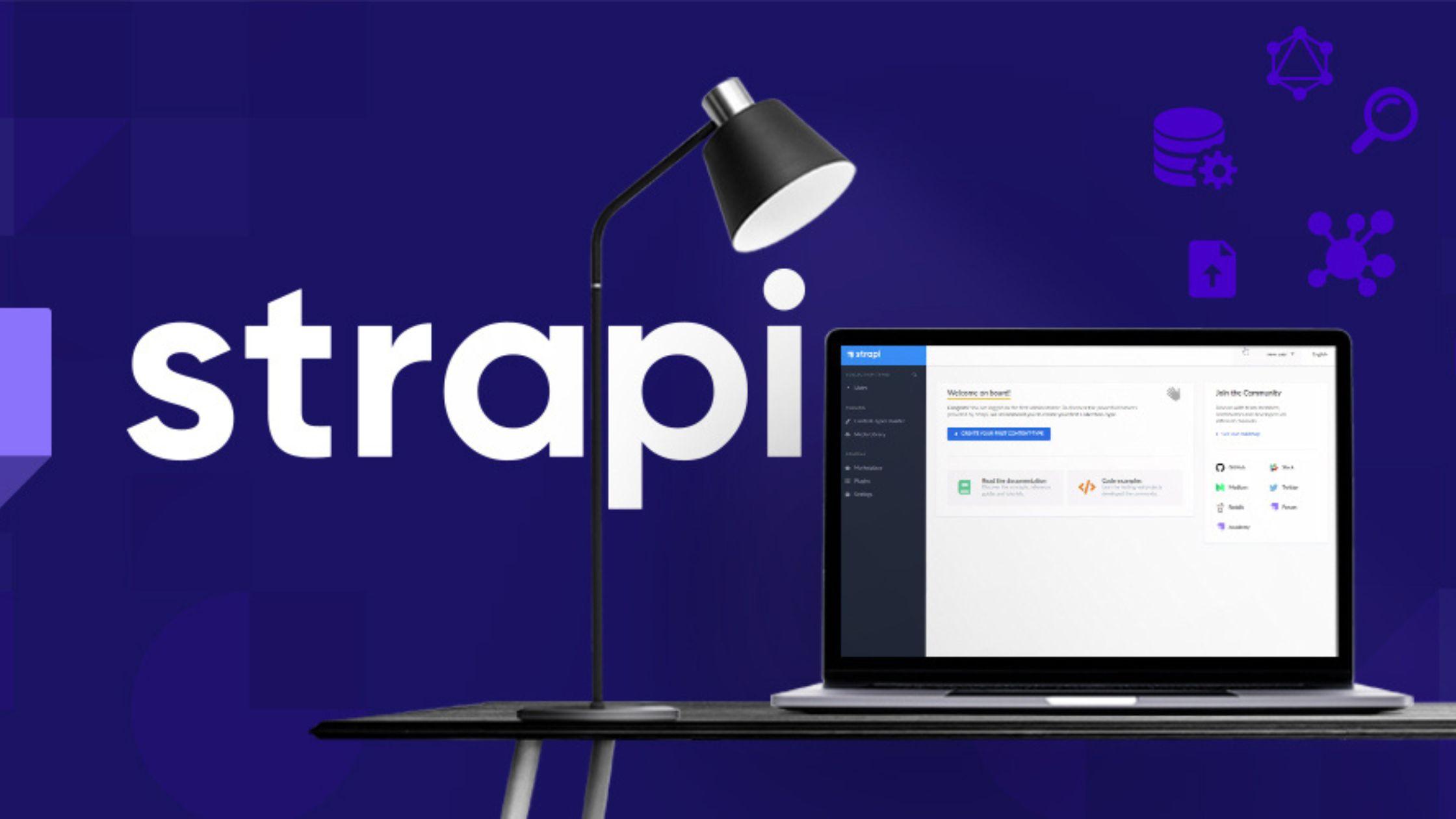Businesses constantly seek technologies and tools to manage their content and deliver it across various channels. In this case, Strapi serves as an ideal solution. Its flexible nature and range of features make it easy to manage content from one place while exposing it everywhere your customers access it. In addition, it also helps develop a content workflow where admins can define which content is ready to publish, is in progress, etc. However, to set up a backend repository, taking assistance from a professional development team is essential. In this blog, we will understand the role of Strapi in building a content workflow.
Understanding the Role of Strapi in Content Workflow Management
Now, let’s delve into how Strapi can automate content workflows, making it an invaluable asset for content creators and developers.
1. Streamlined Content Creation
Automating content workflows begins with efficient content creation. Strapi simplifies the process by allowing you to define content types and customize fields to match your specific requirements. This flexibility ensures that your content creation process aligns with your unique needs. Moreover, the Strapi development company will help you utilize its user-friendly admin dashboard, which makes it easy for your content creators to add, edit, and manage content. This means that subject matter experts can take charge of content creation, reducing the burden on developers and IT teams.
2. Content Drafts and Versioning
In content management, drafts, and versioning are critical features that ensure content accuracy and accountability. Strapi excels in this regard by offering a comprehensive content revision system. You can create and manage content drafts, allowing for collaboration between multiple authors before publishing. This is essential for maintaining content quality and ensuring errors are caught and corrected before content goes live. Furthermore, Strapi keeps a complete history of content changes, making it easy to roll back to previous versions if needed. This capability is essential in preventing accidental content deletions and mitigating the risk of irreversible errors.
3. Workflow Automation with Webhooks
Strapi takes content workflow automation a step further by enabling integration with webhooks. Webhooks are HTTP callbacks triggered by specific events, and they can be used to automate tasks or notify external systems when specific actions occur within Strapi. For instance, you can ask the company that offers Strapi development services to set up a webhook to notify your social media platforms whenever a new blog post is published. This integration ensures that your content is effortlessly distributed across all your digital channels.
4. Content Approval and Publishing Workflow
Efficient content approval and publishing workflows are paramount in content management, especially in organizations with multiple content creators. Strapi’s user roles and permissions feature allows you to define and assign roles for users, such as content creators, editors, and administrators. Content can be assigned to specific roles for review and approval before publication. This means content creators can focus on generating content while editors can ensure that the content aligns with the organization’s standards and guidelines. Once approved, content can be scheduled for publication, providing a smooth and well-organized content release strategy.
5. Dynamic Content Delivery
Strapi’s API-first approach ensures your content is readily available for dynamic delivery across every touchpoint. Developers can use the APIs to deliver content to various platforms, including websites, mobile applications, and IoT devices. With Strapi’s extensive documentation and support for various technologies, the Strapi development company can easily integrate your content into the digital interfaces of your choice.
6. Real-Time Collaboration
Collaboration is an essential component of modern content creation. Strapi supports real-time collaboration, enabling multiple users to simultaneously work on the same content. This feature is handy for remote teams or organizations with distributed content creation responsibilities. The collaborative environment ensures up-to-date content and effective communication among team members. It minimizes version conflicts and maximizes productivity.
7. Search and Filtering
Managing a large content volume can become overwhelming without robust search and filtering options. Strapi offers powerful search and filtering capabilities, allowing you to quickly locate specific content items based on criteria such as keywords, categories, tags, or custom fields. This feature simplifies content retrieval, ensuring you can easily access the content you need.
8. SEO Optimization
Strapi doesn’t just streamline content creation and management; it also supports SEO optimization. You can define metadata, keywords, and descriptions for each piece of content to enhance its visibility on search engines. Additionally, you can use Strapi’s SEO plugins to refine your content’s search engine performance further.
Conclusion
Being an open-source headless CMS, Strapi offers a platform to streamline content management and delivery across multiple platforms. It also helps maintain a content workflow, allowing you to create, review, validate, and publish content directly in the admin dashboard. By partnering with a professional Strapi development company, you can leverage the potential of this CMS and streamline your content processes for timely management and delivery.




